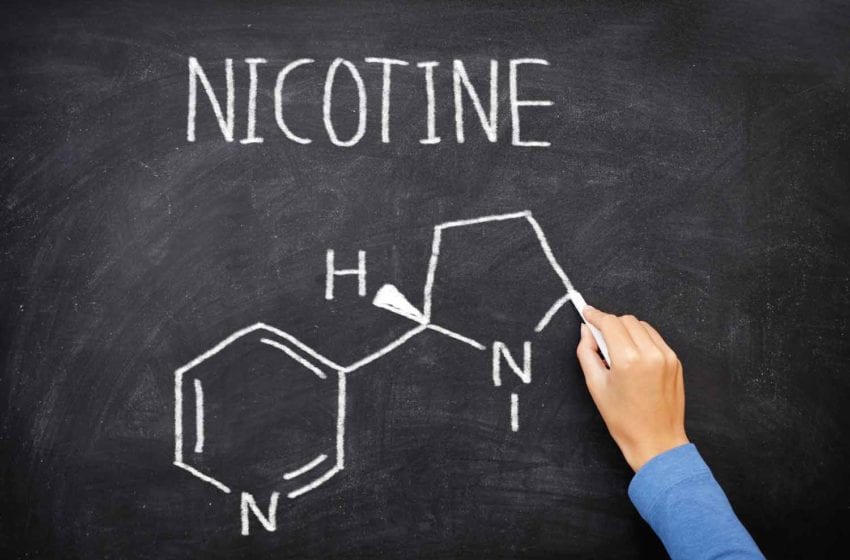A Green MLA on Canada’s Prince Edward Island (P.E.I.) who voted in favor of a private member’s bill to restrict the sale of flavored vaping products now says he believes vaping could be an important tool to get Islanders to quit smoking.
During question period on March 4, Green MLA Steve Howard said there is evidence that vaping could be considered a form of “harm reduction” for Islanders attempting to give up smoking. Smoking is often described by health officials as one of the leading causes of preventable deaths on P.E.I., according to a story in the Journal Pioneer.

Howard suggested that a bill that came into effect at the beginning of March, which banned flavored vaping products, would encourage youth to seek out flavored products on the black market.
The bill, introduced by Progressive Conservative backbencher Cory Deagle in 2019, also increased the legal age for tobacco and vaping products from 19 to 21 and limited the sale of vaping products to tobacco shops. The bill did not restrict the sale of tobacco products to tobacco shops. It passed unanimously in fall 2019.
“Many of the severe vaping illnesses we saw last year and in 2019 were linked to black market products. These black market products most often appear and become commercially viable when governments introduced wide-ranging restrictions on legal products,” Howard said.
“Are you concerned your regulatory approach will increase the availability and use of dangerous black market products?” Howard asked Minister of Finance Darlene Compton.
The question drew a rebuke from Compton. “I would suggest the Opposition pick a lane – pick any lane – and they’re all paved,” Compton said. “You do not want regulated gambling but you’re happy with regulated cannabis and you’re happy with regulated liquor. And now, you want regulated vaping or you want people to use unregulated vaping. I mean, pick a lane.”
In an interview, Howard said he had initially voted for the 2019 bill because he agreed it was important to ban flavored vaping products that are marketed to youth, such as cotton candy. But Howard said the regulations put in place ended up banning all flavored products, except those that resembled tobacco products.
He said this effectively nullified any possibility Islanders could transition to vaping as a means of quitting smoking. “Of course, the best option is to not use vaping or smoking,” Howard said. “But as far as a harm reduction tool goes, vaping is a powerful tool that we should not be discouraging people from using. And the flavors are a key component to uptake.”
Howard pointed to a posting on the Health Canada website that suggested there is evidence vaping could help with smoking cessation. He said the regulations should be changed to target vaping flavors targeted to youth. But he also suggested schools have a role to play.
“We don’t have anything in our curriculum in the education system right now to do with vaping. We have tobacco use, we have opiates, we have cannabis, we have alcohol. But we don’t have any education in there on vaping itself,” Howard said.




















